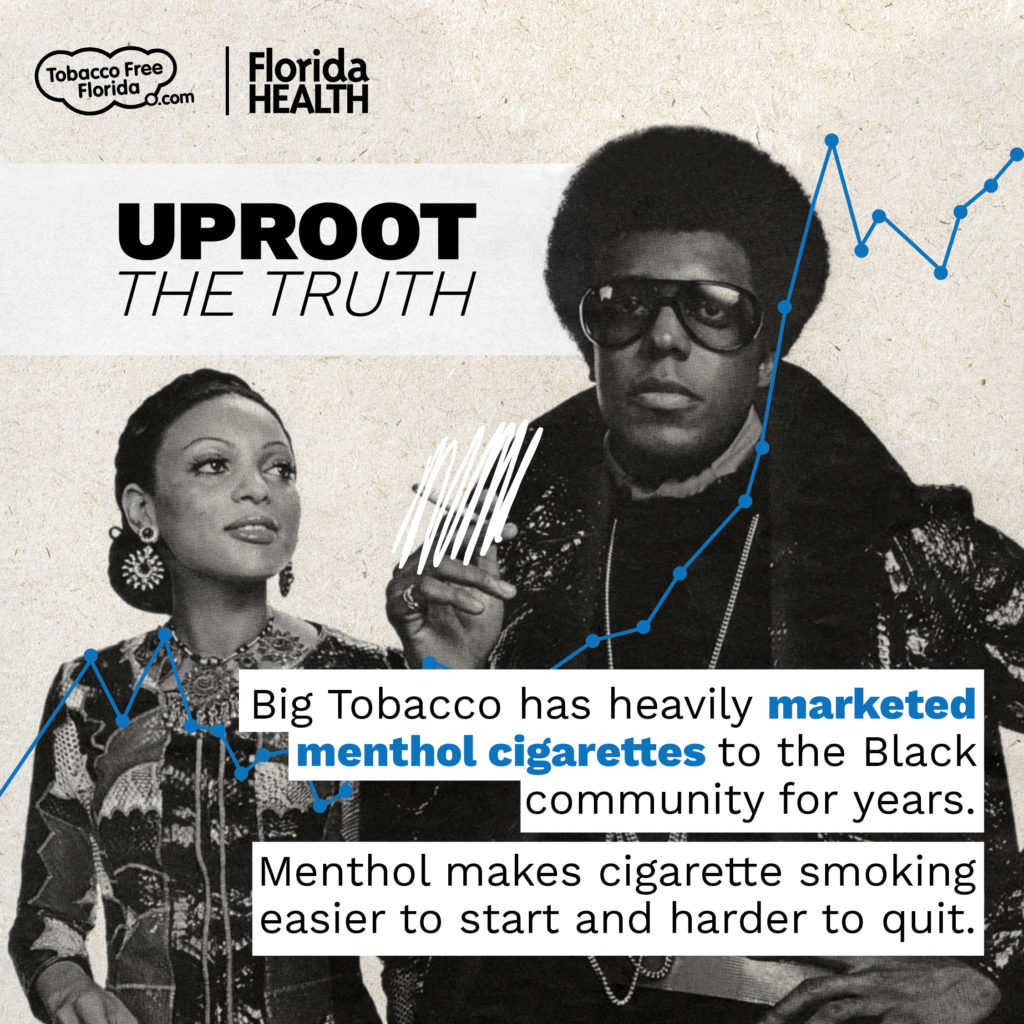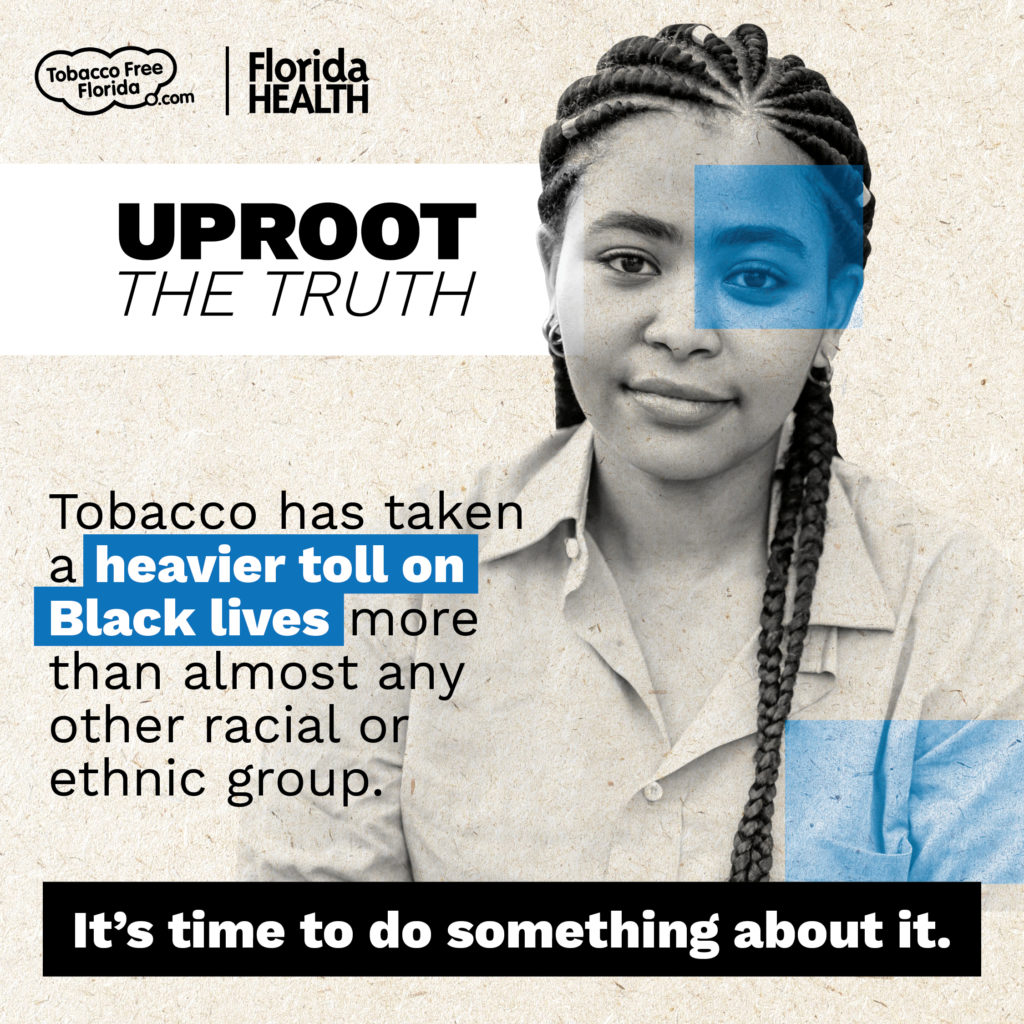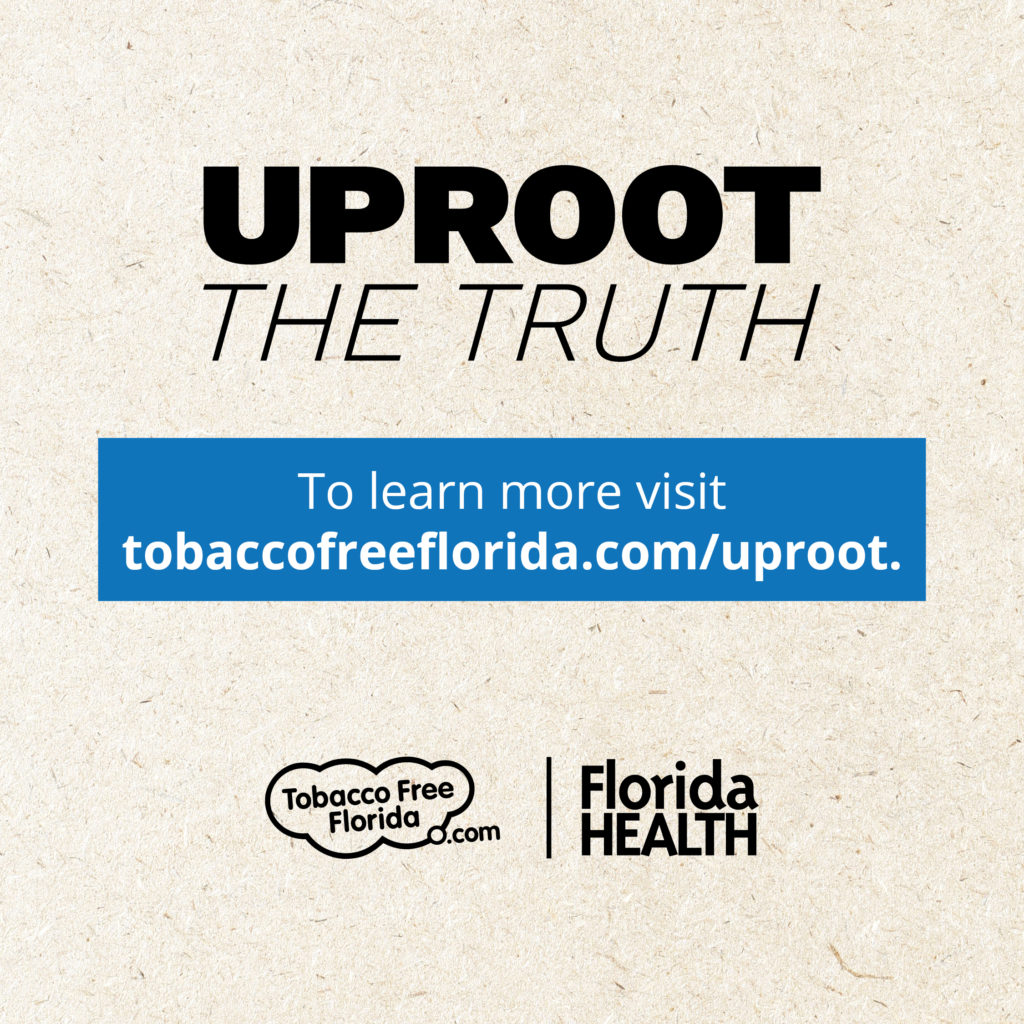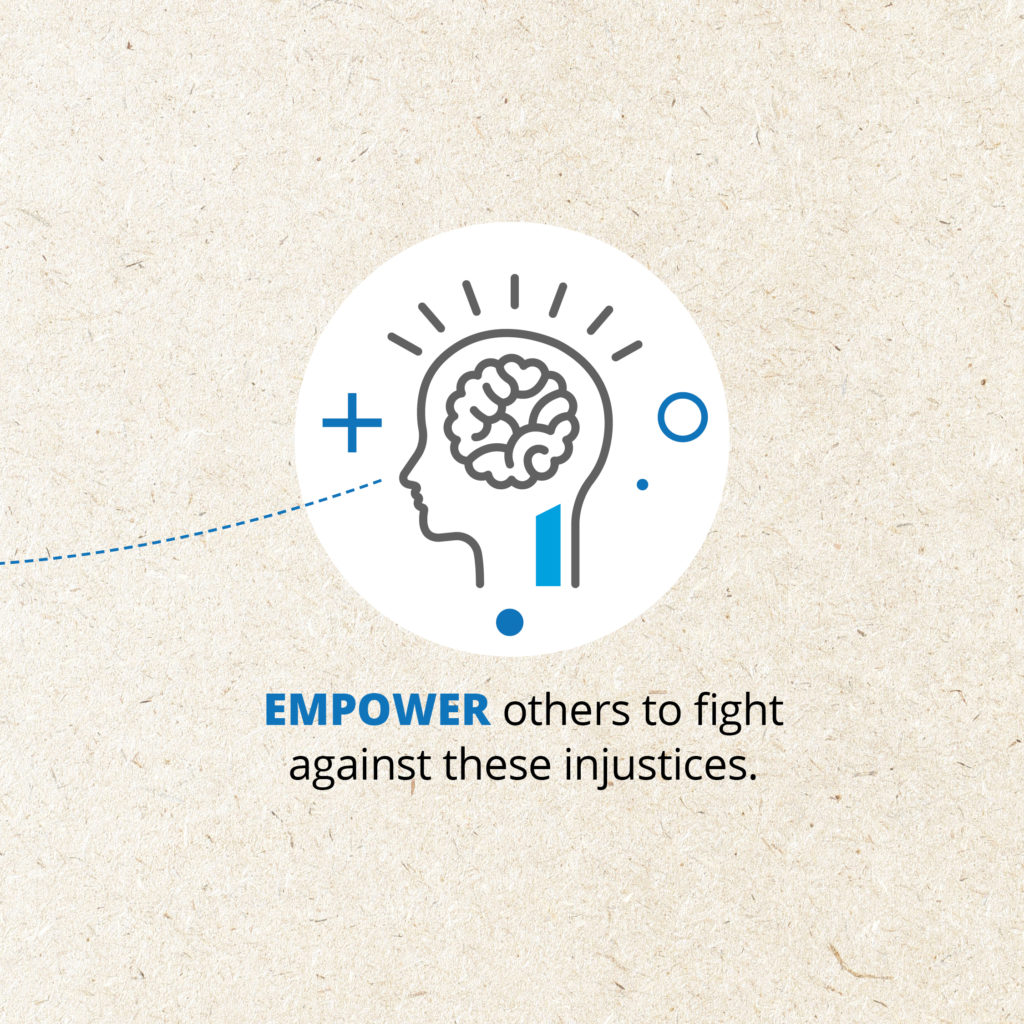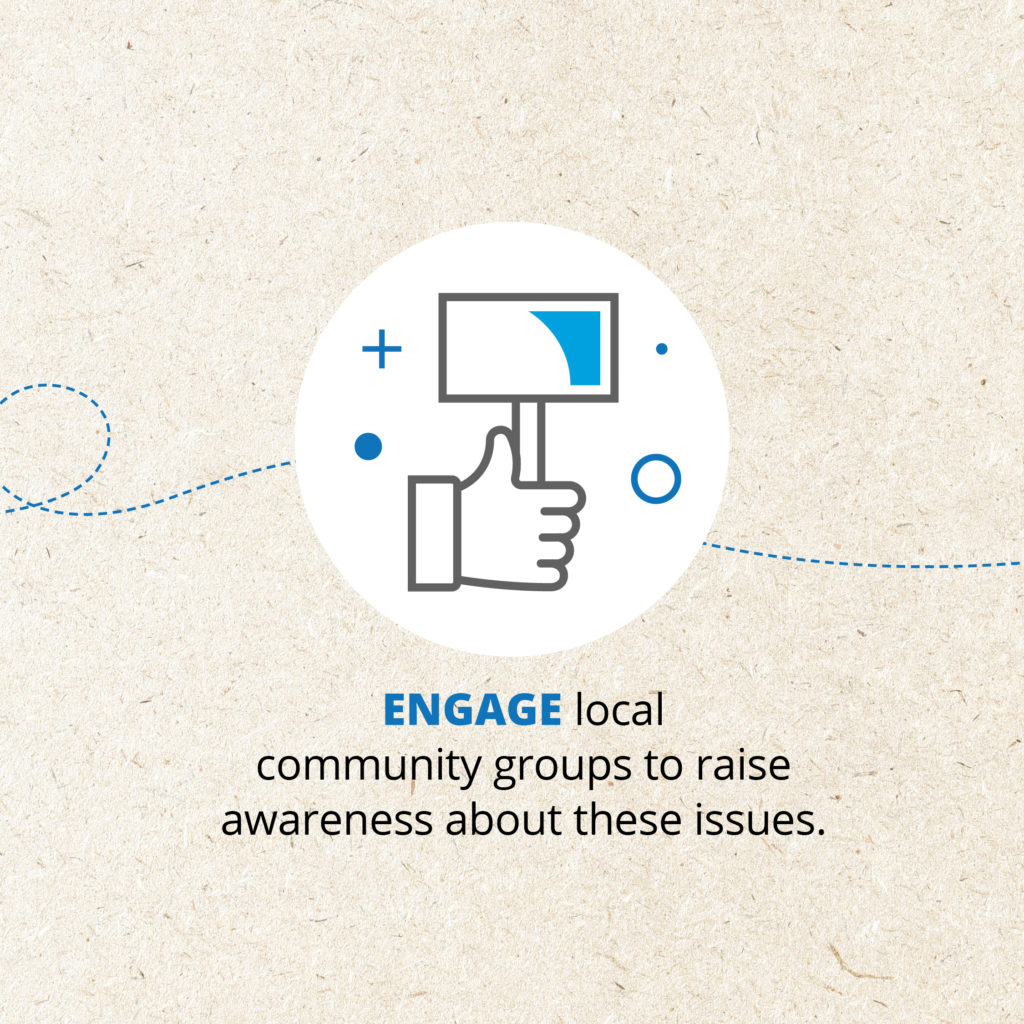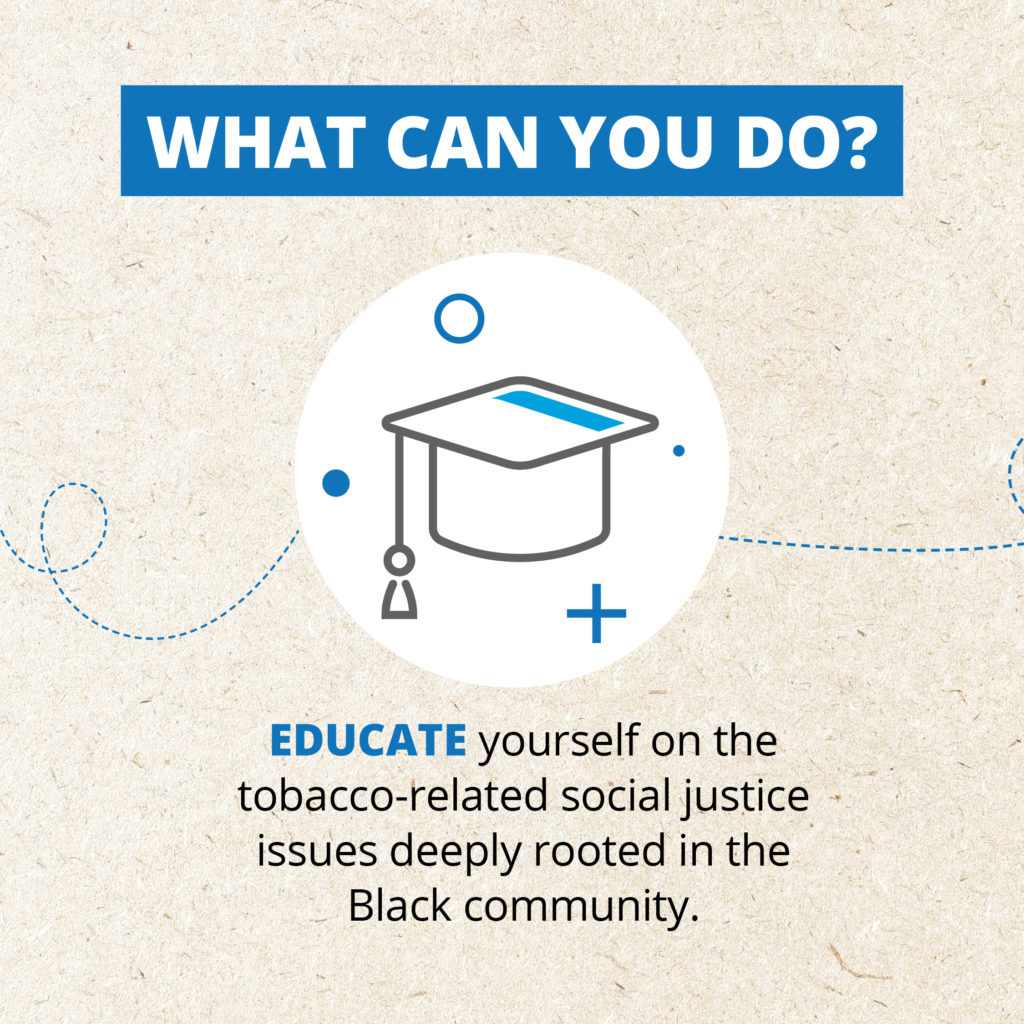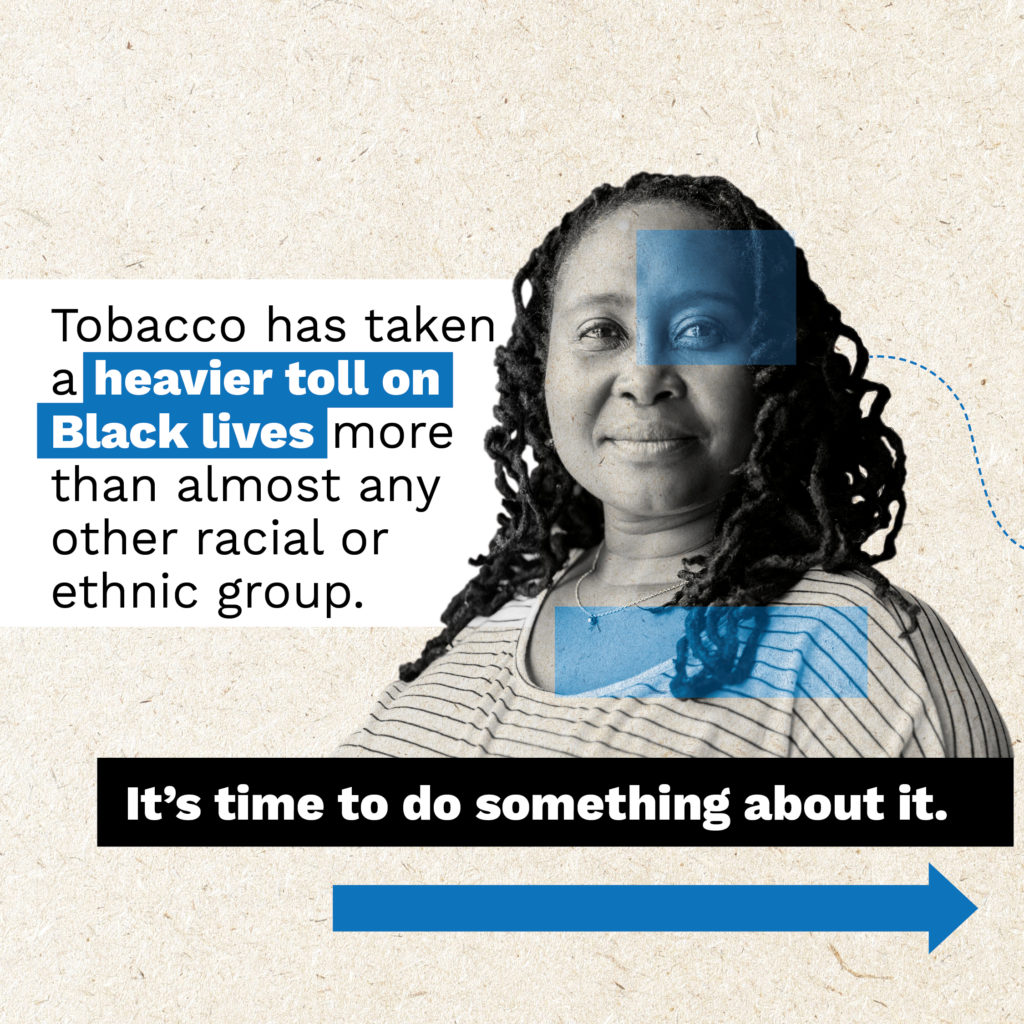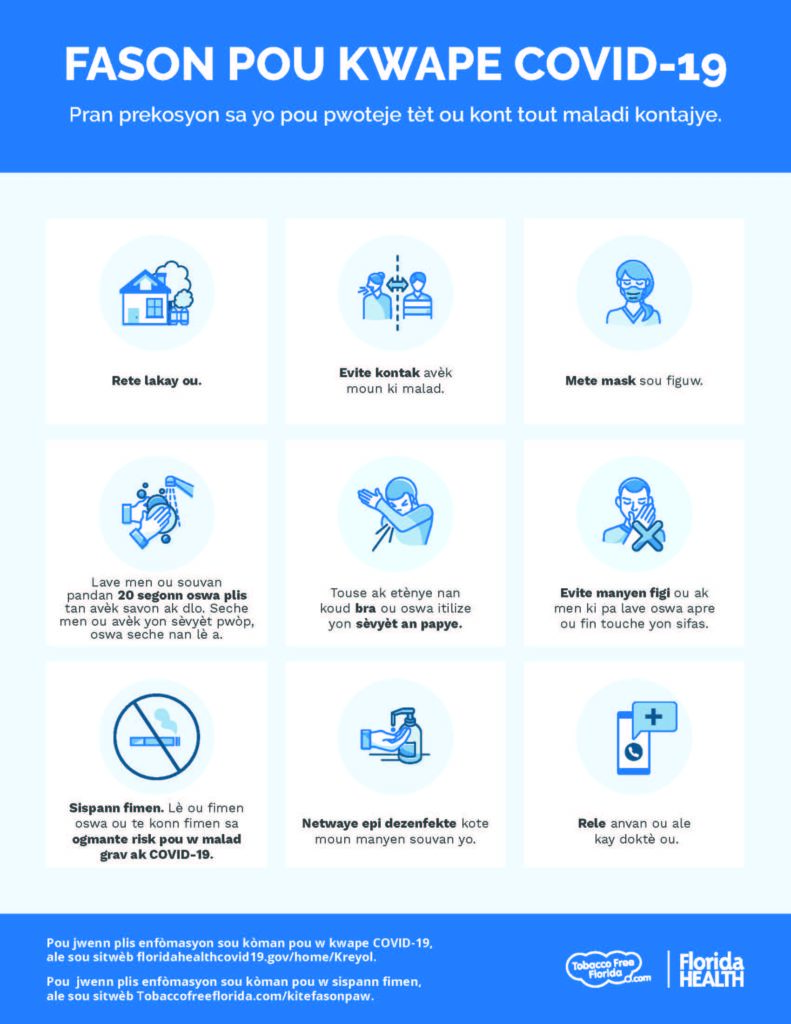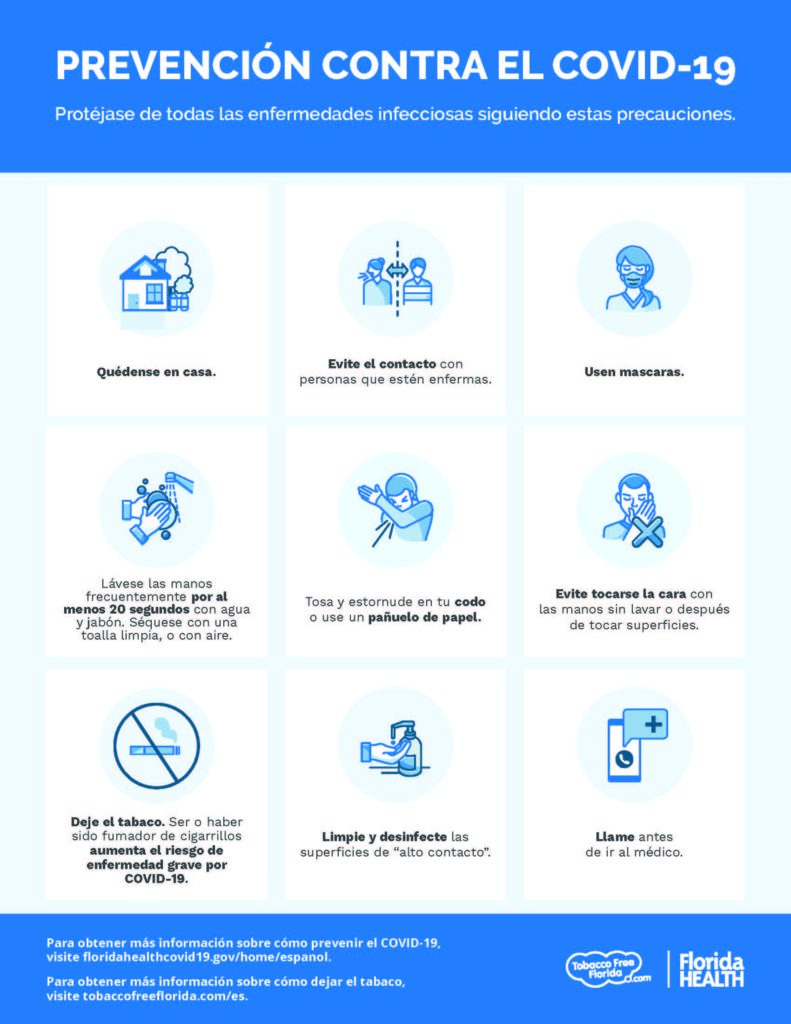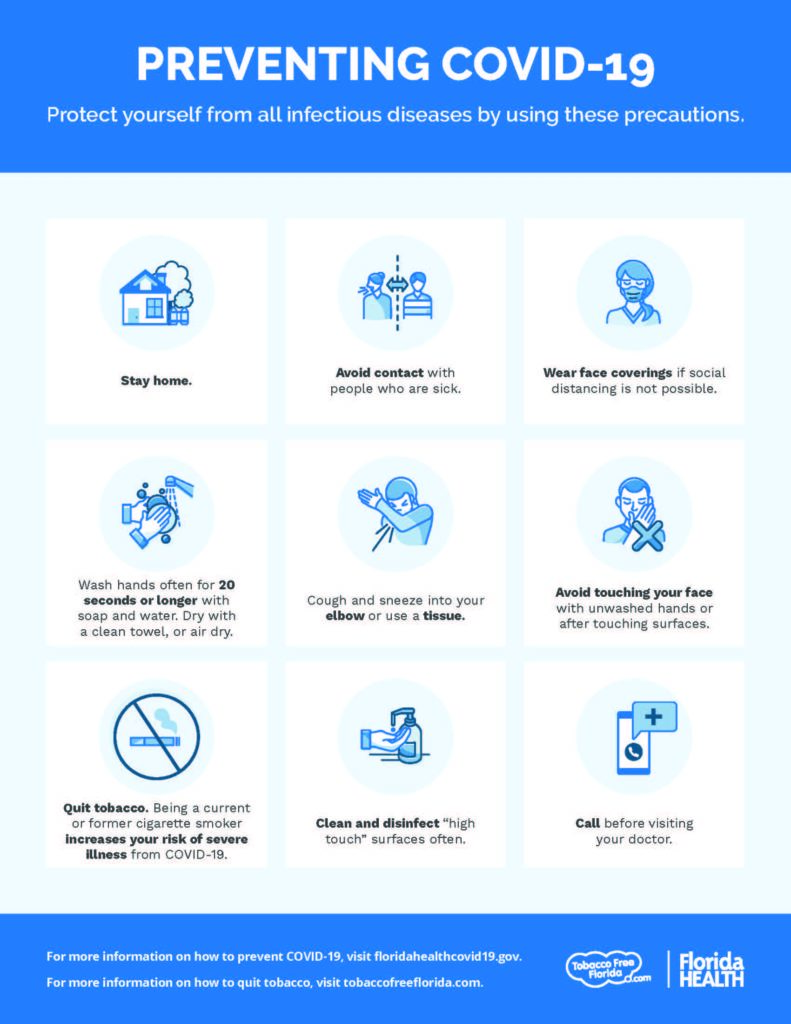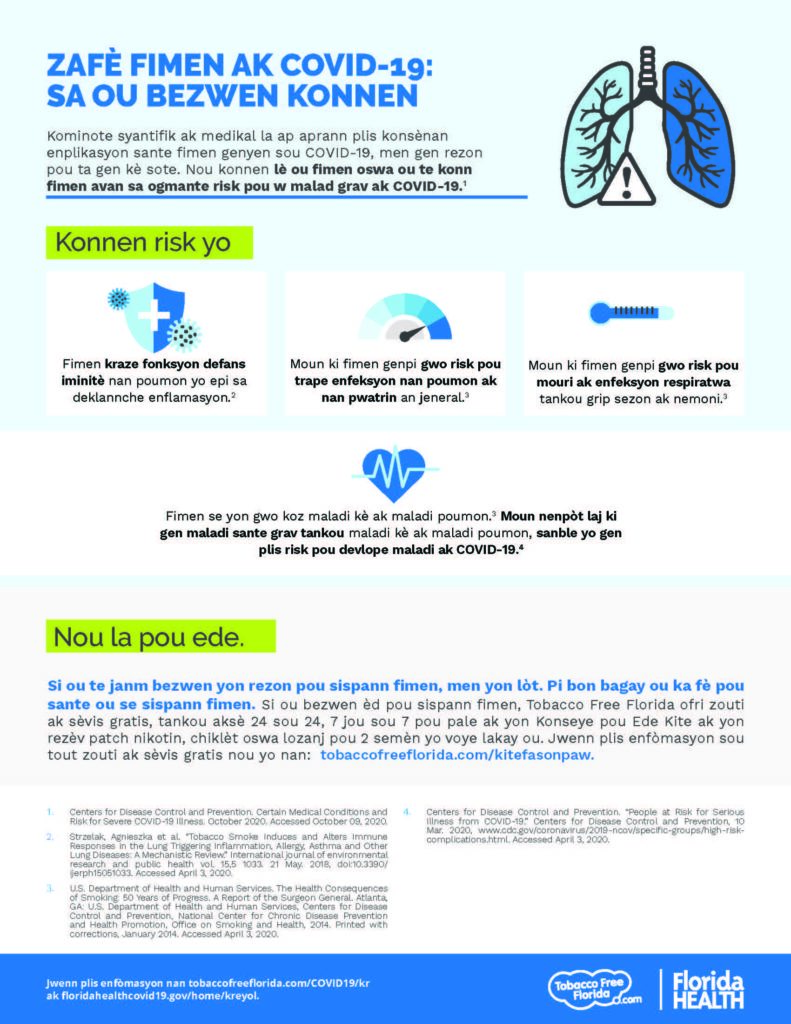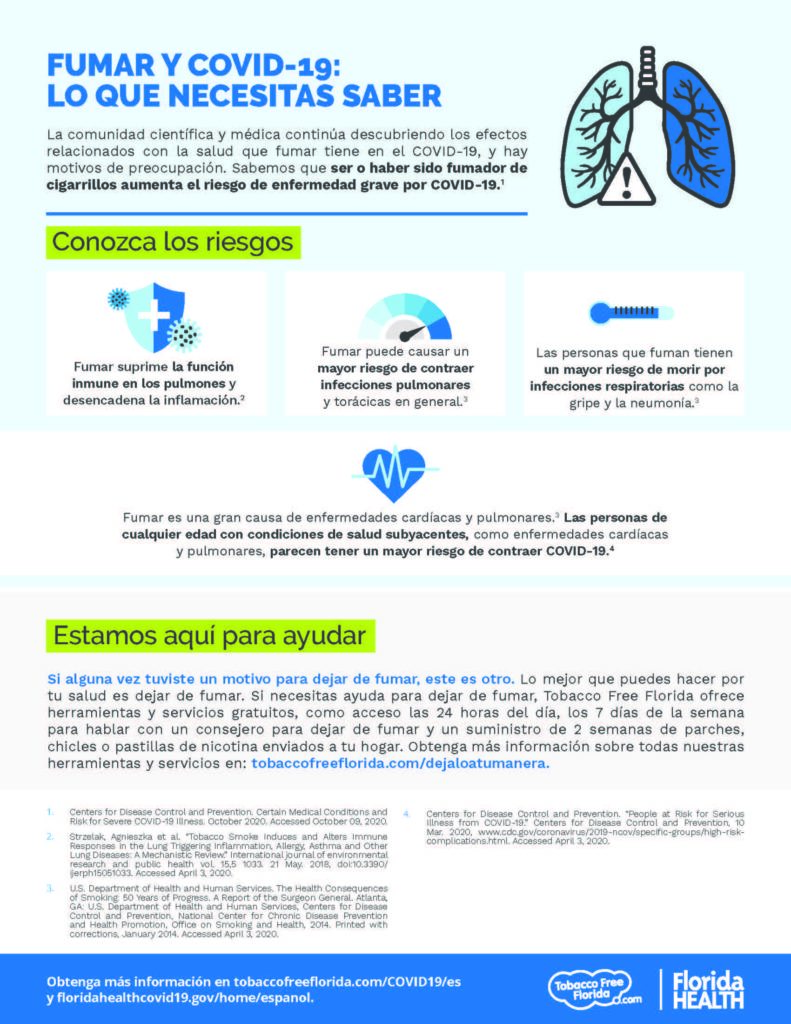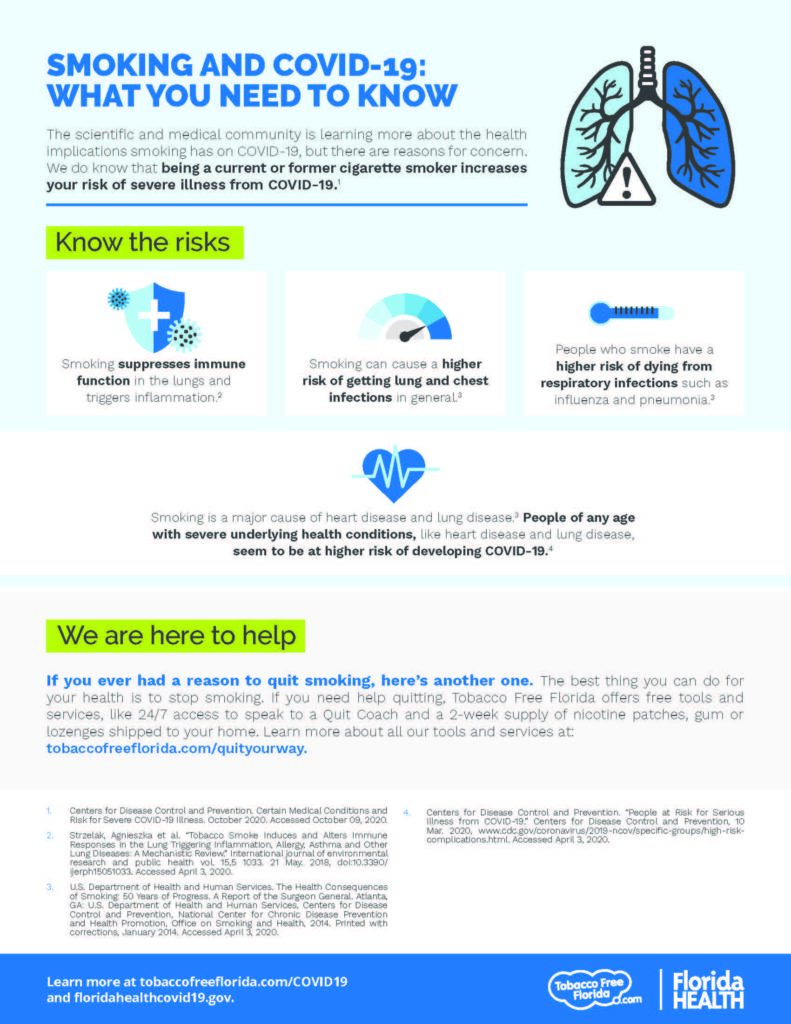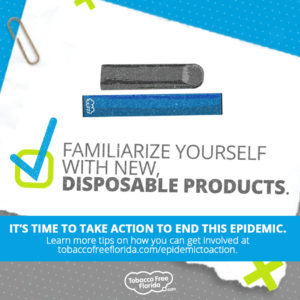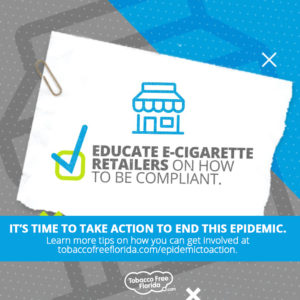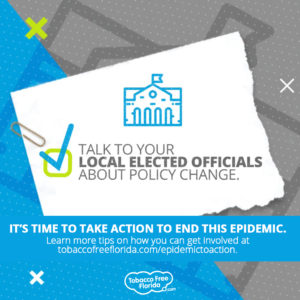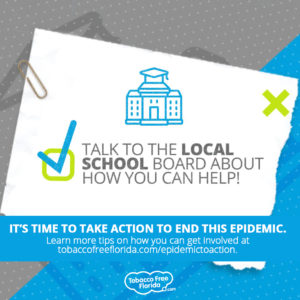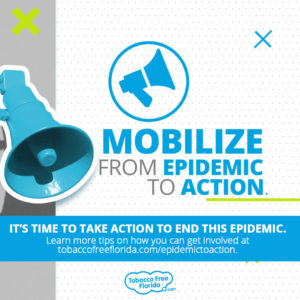The History of Tobacco Companies Targeting Youth
Last Updated: April 4, 2019
Evidence shows that the tobacco industry has targeted young people for decades. One tobacco company even referred to them as “replacement smokers.” 2 And while many teens think they can quit whenever they want, out of every 4 young smokers, only 1 will quit before adulthood. Of those 3 remaining smokers, 1 will die from tobacco-related causes. 3
While it’s a common misperception that cigarette smoking is an adult choice, the reality is nearly all smokers started using the highly addictive product before they became adults. In fact, 9 out of 10 cigarette smokers start before they turn 18, and 98% first try smoking by age 26. 1 Therefore, smoking is very much a youth problem. This is no coincidence. From using cartoons in advertisements in the past to candy-flavored tobacco products still today, the tobacco industry has multiple sketchy strategies to entice young people to get addicted to tobacco.
In a landmark 2006 judgment, U.S District Judge Gladys Kessler found that the major U.S. tobacco companies violated civil racketeering laws (RICO) for conspiring over decades to deceive the American public about their marketing to youth, the health effects of smoking, and the addictiveness of nicotine. 4
Candy and Fruit Flavors
Candy and fruit flavors are appealing to teens and are a key ingredient in the tobacco industry’s plans to lure them into a lifetime of addiction. Flavors mask the bad taste of tobacco, making it easier for youth to start using. 5, 6, 7 This eventually prompted the Food and Drug Administration (FDA) to ban flavored cigarettes – excluding menthol – in 2009 under the Family Smoking Prevention and Tobacco Control Act.
However, federal law does not ban flavorings in other products such as smokeless tobacco, cigars, hookah and e-cigarettes. A 2014 American Medical Association study found that more than two-thirds of youth reported using tobacco products because “they come in flavors I like.” 8 The same study found that nearly 81% of youth aged 12 to 17 who had ever used a tobacco product, reported that the first product they used was flavored. 9
Tobacco Ads & Discounts
Although the 1998 Master Settlement Agreement banned tobacco companies from using cartoons in ads and marketing practices that targeted kids and teens under 18, the tobacco industry continues to reach young people. The 2012 U.S. Surgeon General report concluded that there is a causal relationship between tobacco industry advertising and promotional efforts, and the initiation and progression of tobacco use among young people. 10 A Centers for Disease Control and Prevention (CDC) study from 2012-2016 proved that tobacco company advertising and promotion continues to influence young people to start using tobacco. 11
One of Big Tobacco’s most concerning marketing strategies is advertising heavily at point-of-sale retail outlets, like at convenience stores and near schools and playgrounds, where ads are clearly visible from outside the stores. This strategy works for the tobacco industry: 70% of adolescents shop in convenience stores at least once a week, 12 and the likelihood of tobacco initiation more than doubled for youth who visited a store with point-of-sale tobacco ads at least twice a week. 13
Tobacco companies focus heavily on reducing the price of tobacco products with discounts and coupons, to make them affordable and increase sales. 14 The tobacco industry spent 83% of their industry spending, $7.25 billion, on price discounts. 15 According to the 2010 Surgeon General report, pricing strategies used to make tobacco products cheaper lead to increased youth initiation, experimentation and regular smoking. 16
Is History Repeating Itself?
The same advertising tricks Big Tobacco used years ago to get teens addicted to nicotine are being used to entice a new generation of young people to use e-cigarettes. 17 The themes used in advertising for cigarettes – many of which are now banned – are being used today to advertise e-cigarettes. The CDC believes exposure to e-cigarette ads may be contributing to increases in e-cigarette use among youth. 18
While e-cigarette companies claim that their products are intended for adults, prevalence rates – or the amount of youth using these products – tell a vastly different story. For starters, e-cigarette use, or vaping, among teens has skyrocketed in just one year. In 2018, one in four Florida high school students reported current e-cigarette use – an astounding 58% increase compared to 2017. 19 Meanwhile, only about 4% of adults in Florida are using e-cigarettes. 20
The most popular e-cigarette brand among young people is JUUL, 21 a device shaped like a USB drive that is available in a variety of flavors, is easy to conceal, and has high levels of nicotine. 22 JUUL experienced a 600% increase in sales in just one year and is now the most commonly sold e-cigarette in the U.S. 23, 24, The dramatic increase in youth vaping occurred shortly after the increased JUUL sales. In response, the FDA declared youth vaping a nationwide epidemic in September 2018. 25
The tobacco industry – which has preyed on youth for decades – has appeared undeterred by these concerning trends. In December 2018, Marlboro cigarette maker Altria Group Inc., purchased a 35% stake in JUUL Labs Inc. for $12.8 billion. 26 By the end of 2018, JUUL dominated the e-cigarette market with a 76% market share. 27 Other manufacturers have launched similar pod-based, rechargeable devices that also resemble a USB drive. R.J. Reynolds (RJR), the makers of Newport and Camel, launched Vuse Alto, 28 29 and Imperial Brands, the makers of Winston and Kool, launched myblu.
A Stanford University School of Medicine study analyzed JUUL’s marketing campaign between JUUL’s launch in 2015 and 2018, including thousands of Instagram posts, emails and ads, and concluded that JUUL’s marketing “was patently youth-oriented.” 30 Although JUUL’s public mission statement is to “improve the lives of the world’s one billion adult smokers,” JUUL hired young, attractive social media influencers and created hashtags like “#juul, #juulvapor, #switchtojuul” to attract young people.
We do not know what Big Tobacco’s involvement means for the future of e-cigarettes. But Big Tobacco has proven over decades that they cannot be trusted.
You can help by educating yourself about these new products, dispelling myths among your friends and family, and talking to your kids about the serious concerns around vaping and nicotine addiction.
For more information about the youth vaping epidemic, please visit tobaccofreeflorida.com/current-issues/teen-vaping.
[1] U.S. Department of Health and Human Services. Preventing Tobacco Use Among Youth and Young Adults: A Report of the Surgeon General. Consumer Booklet. Preventing Tobacco Use Among Youth and Young Adults: We CAN Make the Next Generation Tobacco-Free. Atlanta, GA: U.S. Department of Health and Human Services, Centers for Disease Control and Prevention, National Center for Chronic Disease Prevention and Health Promotion, Office on Smoking and Health, 2012.
[2] RJR report, “Young Adult Smokers: Strategies and Opportunities”. February 29, 1984. Bates No. 501928462-8550 https://legacy.library.ucsf.edu/tid/fet29d00/pdf
[3] U.S. Department of Health and Human Services. Preventing Tobacco Use Among Youth and Young Adults: A Report of the Surgeon General. Consumer Booklet. Preventing Tobacco Use Among Youth and Young Adults: We CAN Make the Next Generation Tobacco-Free. Atlanta, GA: U.S. Department of Health and Human Services, Centers for Disease Control and Prevention, National Center for Chronic Disease Prevention and Health Promotion, Office on Smoking and Health, 2012.
[4] USA v. Philip Morris, USA, Inc., et al. (Civil Action No. 99-2496 (GK), August 17, 2006).
[5] Brown, J., Wentai, L/, Lorne, I., et al. Candy Flavorings in Tobacco. New England Journal of Medicine. June 2014; 370: 2250-2252.
[6] Carpenter, C.M., G.F. Wayne, J.L. Pauly, et al., “New Cigarette Brands With Flavors That Appeal to Youth: Tobacco Marketing Strategies,” Health Affairs, 24(6):1601-1610, 2005.
[7] Cummings, K.M., C.P. Morley, J.K. Horan, et al., “Marketing to America’s Youth: Evidence From Corporate Documents,” Tobacco Control, 11 Suppl 1(suppl 1):15-17, 2002.
[8] Ambrose BK, Day HR, Rostron B, et al. Flavored Tobacco Product Use Among US Youth Aged 12-17 Years, 2013-2014. JAMA. 2015;314(17):1871–1873. doi:10.1001/jama.2015.13802
[9] Ambrose BK, Day HR, Rostron B, et al. Flavored Tobacco Product Use Among US Youth Aged 12-17 Years, 2013-2014. JAMA. 2015;314(17):1871–1873. doi:10.1001/jama.2015.13802
[10] U.S. Department of Health and Human Services. Preventing Tobacco Use Among Youth and Young Adults: A Report of the Surgeon General. Consumer Booklet. Preventing Tobacco Use Among Youth and Young Adults: We CAN Make the Next Generation Tobacco-Free. Atlanta, GA: U.S. Department of Health and Human Services, Centers for Disease Control and Prevention, National Center for Chronic Disease Prevention and Health Promotion, Office on Smoking and Health, 2012.
[11] Perks SN, Armour B, Agaku IT. Cigarette Brand Preference and Pro-Tobacco Advertising Among Middle and High School Students—United States, 2012–2016. Morbidity and Mortality Weekly Report 2018;67(4):119–24 [accessed 2019 July 29].
[12] U.S. Department of Health and Human Services. Preventing Tobacco Use Among Youth and Young Adults: A Report of the Surgeon General. Consumer Booklet. Preventing Tobacco Use Among Youth and Young Adults: We CAN Make the Next Generation Tobacco-Free. Atlanta, GA: U.S. Department of Health and Human Services, Centers for Disease Control and Prevention, National Center for Chronic Disease Prevention and Health Promotion, Office on Smoking and Health, 2012.
[13] Henriksen, L, et al., “A longitudinal study of exposure to retail cigarette advertising and smoking initiation,” Pediatrics126:232-238, 2010. https://pediatrics.aappublications.org/content/pediatrics/126/2/232.full.pdf?download=true.
[14] Center for Public Health Systems Science. Point-of-Sale Strategies: A Tobacco Control Guide. St. Louis: Center for Public Health Systems Science, George Warren Brown School of Social Work at Washington University in St. Louis and the Tobacco Control Legal Consortium, 2014 [accessed 2019 July 29].
[15] U.S. Federal Trade Commission (FTC), Cigarette Report for 2016, 2018, https://www.ftc.gov/reports/federal-trade-commission-cigarette-report-2016-federal-trade-commission-smokeless-tobacco
[16] U.S. Department of Health and Human Services. Preventing Tobacco Use Among Youth and Young Adults: A Report of the Surgeon General. Atlanta, GA: U.S. Department of Health and Human Services, Centers for Disease Control and Prevention, National Center for Chronic Disease Prevention and Health Promotion, Office on Smoking and Health, 2012.
[17] CDC Newsroom Releases. “E-Cigarette Ads Reach Nearly 7 in 10 Middle and High-School Students.” Centers for Disease Control and Prevention (CDC). 5 Jan. 2015. www.cdc.gov/media/releases/2016/p0105-e-cigarettes.html [accessed 2019 July 29].
[18] CDC Newsroom Releases. “E-Cigarette Ads Reach Nearly 7 in 10 Middle and High-School Students.” Centers for Disease Control and Prevention (CDC). 5 Jan. 2015. www.cdc.gov/media/releases/2016/p0105-e-cigarettes.html [accessed 2019 July 29].
[19] Florida Youth Tobacco Survey (FYTS), Florida Department of Health, Bureau of Epidemiology, 2018.
[20] Centers for Disease Control and Prevention, National Center for Chronic Disease Prevention and Health Promotion, Division of Population Health. BRFSS Prevalence & Trends Data [online]. 2017. [accessed 2019 July 29].
[21] Craver, Richard. “Juul ends 2018 with 76 percent market share.” Winston-Salem Journal. 8 Jan. 2019. www.journalnow.com/business/juul-ends-with-percent-market-share/article_6f50f427-19ec-50be-8b0c-d3df18d08759.html [accessed 2019 July 29].
[22] CDC Newsroom Releases. “Sales of JUUL e-cigarettes skyrocket, posing danger to youth.” Centers for Disease Control and Prevention (CDC). 2 Oct. 2018. https://www.cdc.gov/media/releases/2018/p1002-e-Cigarettes-sales-danger-youth.html [accessed 2019 July 29].
[23] King BA, Gammon DG, Marynak KL, Rogers T. Electronic Cigarette Sales in the United States, 2013-2017. JAMA. 2018;320(13):1379–1380. doi:10.1001/jama.2018.10488
[24] CDC Newsroom Releases. “Sales of JUUL e-cigarettes skyrocket, posing danger to youth.” Centers for Disease Control and Prevention (CDC). 2 Oct. 2018. https://www.cdc.gov/media/releases/2018/p1002-e-Cigarettes-sales-danger-youth.html [accessed 2019 July 29].
[25] “Press Announcements – FDA Takes New Steps to Address Epidemic of Youth e-Cigarette Use, Including a Historic Action against More than 1,300 Retailers and 5 Major Manufacturers for Their Roles Perpetuating Youth Access.” U S Food and Drug Administration Home Page, Center for Drug Evaluation and Research, www.fda.gov/NewsEvents/Newsroom/PressAnnouncements/ucm620184.htm.
[26] Kirkham, Chris. “Altria to Buy $12.8 Billion Minority Stake in E-cigarette Company Juul.” Reuters. 20 Dec., 2018. www.reuters.com/article/us-juul-altriagroup-m-a/altria-to-buy-12-8-billion-minority-stake-in-e-cigarette-company-juul-idUSKCN1OJ1JS [accessed 2019 July 29].
[27] Craver, Richard. “Juul ends 2018 with 76 percent market share.” Winston-Salem Journal. 8 Jan. 2019. www.journalnow.com/business/juul-ends-with-percent-market-share/article_6f50f427-19ec-50be-8b0c-d3df18d08759.html [accessed 2019 July 29].
[28] Kirkham, Chris. “Special Report: Juul copycats flood e-cig market, despite FDA rule.” Reuters. 24 Sept. 2018. www.reuters.com/article/us-vaping-regulation-juul-specialreport/special-report-juul-copycats-flood-e-cig-market-despite-fda-rule-idUSKCN1M418W (Access 22 March 2019)
[29] Craver, Richard. “Reynolds Vapor prepares national launch of new e-cig rival to Juul.” Winston-Salem Journal. 17 July 2018. www.journalnow.com/business/reynolds-vapor-prepares-national-launch-of-new-e-cig-rival/article_7ba10442-d438-575e-af23-794173089a8a.html [accessed 2019 July 29].
[30] Robert K. Jackler, Cindy Chau, Brook D. Getachew, Mackenzie M. Whitcomb, Jeffrey Lee-Heidenreich, Alexander M. Bhatt, Sophia H.S. Kim-O’Sullivan, Zachary A. Hoffman, Laurie M. Jackler, Divya Ramamurth. “JUUL Advertising Over Its First Three Years on the Market .” Stanford Research into the Impact of Tobacco Advertising Stanford University School of Medicine, 2019, tobacco.stanford.edu/tobacco_main/publications/JUUL_Marketing_Stanford.pdf.


